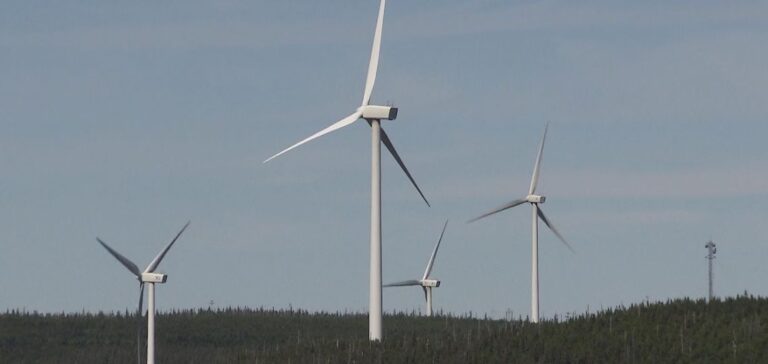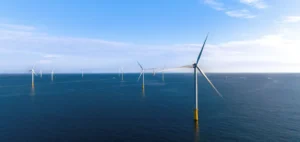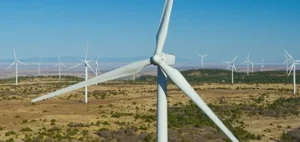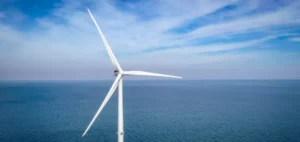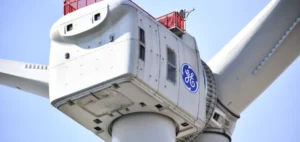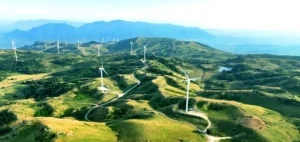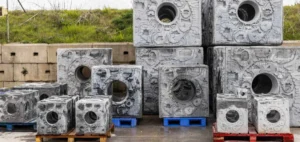Innergex énergie renouvelable inc. and the Mi’gmawei Mawiomi Business Corporation (MMBC) have finalised financing for the 102-megawatt (MW) Mesgi’g Ugju’s’n 2 wind project, located in the Avignon regional county municipality. The financial agreement totals CAD323 mn ($235.6 mn) and includes multiple debt instruments provided by a syndicate of Canadian lenders.
The financing package includes a green loan of CAD163.9 mn ($119.6 mn), a CAD41 mn ($29.9 mn) bridge loan for grid interconnection, and a CAD10.2 mn ($7.4 mn) credit facility. Canadian Imperial Bank of Commerce (CIBC), Mouvement Desjardins and National Bank of Canada acted as joint bookrunners, co-lead arrangers, and coordinators for the green loan. Mouvement Desjardins also served as administrative agent for the senior lenders.
A structured Indigenous partnership model
The project stems from an equal partnership between Innergex and the three Québec Mi’gmaq communities — Gesgapegiag, Gespeg, and Listuguj — represented by MMBC. It is an expansion of the original 150 MW Mesgi’g Ugju’s’n wind facility commissioned in 2016 on the same territory.
Additional financing includes a subordinated construction loan of CAD92.5 mn ($67.5 mn) and an equity loan of CAD15.4 mn ($11.2 mn), both provided by an unnamed Canadian financial institution. These funds were structured for the limited partnership Parc Éolien Mesgi’g Ugju’s’n 2 (MU2) L.P., with advisory support from financial consultant Plan A Capital, mandated by MMBC.
Project development and commissioning timeline
The project recently received its governmental authorisation and is progressing on key contract signings. An agreement has been finalised with Borea Construction for related facilities, while Nordex will supply the wind turbines. Construction mobilisation is scheduled to begin in the coming months.
Electricity generated by Mesgi’g Ugju’s’n 2 will be sold to Hydro-Québec under a 30-year power purchase agreement indexed to 25% of inflation. Commercial operations are expected in 2026.
The financing structure complies with the Green Loan Principles published by the Loan Market Association, ensuring traceability of funds allocated to eligible components of the project.


